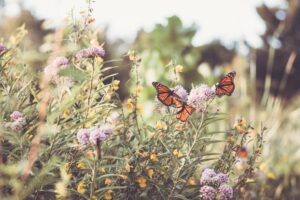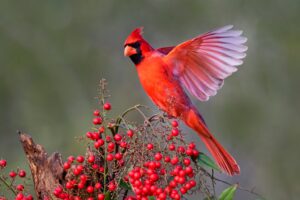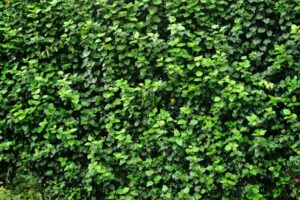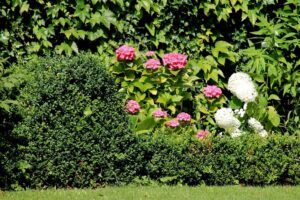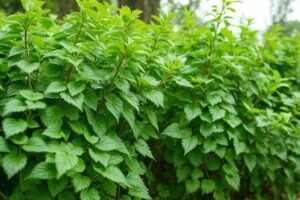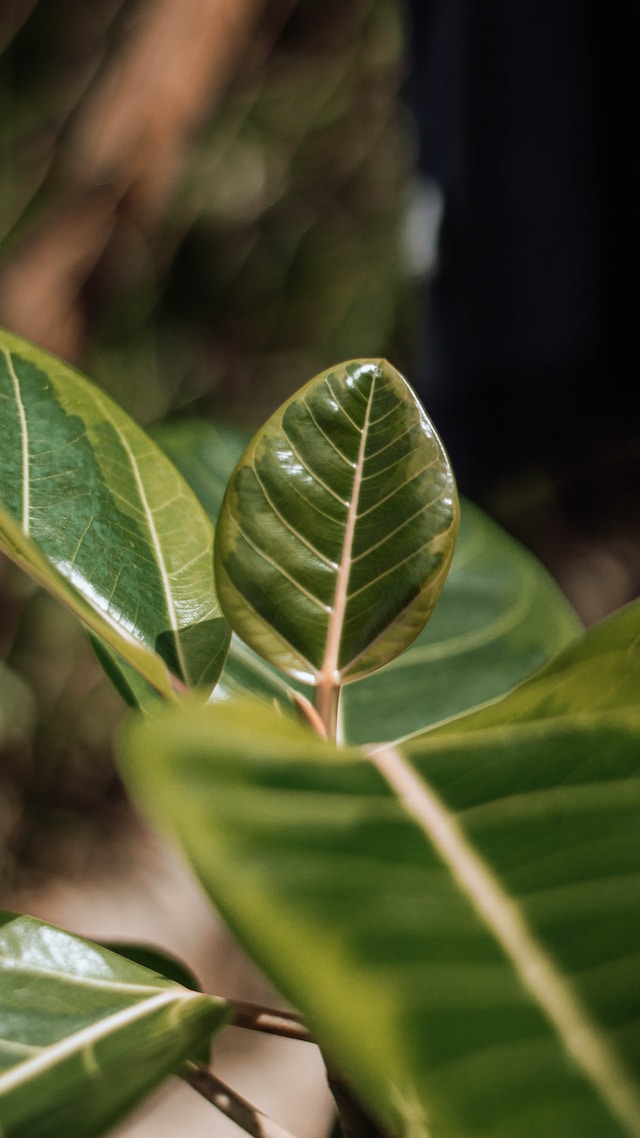Introduction
Ficus benghalensis is a species of tree in the family Moraceae. It is native to India, Nepal and Bangladesh, where it is known as “the banyan” or “the Indian fig.” This ficus tree has many interesting attributes, including its ability to grow into an immense tree with thick trunk and branches that hang down from above like roots. It can grow up to 100 feet tall and live for centuries! Since this magnificent plant has many fascinating aspects that we can learn more about, read on for everything you need to know about your new ficus benghalensis:
Ficus benghalensis is a flowering plant in the mulberry family Moraceae. It is native to the Indian subcontinent and has been introduced to many other parts of the world. The name “banyan” comes from Sanskrit ‘varni’ meaning “to clothe”. The Ficus genus has over 800 species (including those with disputed names) and this makes it one of the largest genera in all flowering plants.[1]
The figs produced by this species are edible, but they are not widely eaten because most people consider them to be too sour or astringent.[2]
What is Ficus benghalensis?
Ficus benghalensis is a fig tree that grows in India. It’s also known as the Banyan Fig or Indian Banyan, and it can be found all over the world. The Ficus benghalensis’ aerial roots descend from its branches and grow into thick mats on the ground, which makes this species one of the most impressive trees in existence!
The Ficus benghalensis has many uses: it can be used for shade or sun protection; it provides food for birds (and humans); its leaves are used to make rope; some people use its leaves as toilet paper; if you’re feeling adventurous enough to try eating one of these fruits–they taste like bananas!
Where does it grow?
Ficus benghalensis is a tropical plant that can be grown indoors or outdoors, depending on your climate. It needs ample sunlight and water to thrive, so if you have an area that gets direct sunlight for at least six hours a day, then this ficus will do well there. If not, consider moving it somewhere else where it can get more light exposure during the day–or purchase one of its close relatives (Ficus robusta) which has similar attributes but is known for being more tolerant of shade conditions than Ficus benghalensis.
How tall can it grow?
The ficus benghalensis is a tree that grows up to 30 feet tall and 50 feet wide. It can live for 100 years or more, making it one of the oldest trees in existence today.
When does it bloom?
The Ficus benghalensis blooms in the spring, and it has white flowers that are fragrant. The tree is pollinated by bees, which makes sense because it’s a flowering plant.
If you’re thinking about buying one for your home or office, you might want to know when the best time for planting is–and there’s no need to worry about this one! Ficus benghalensis can grow in any climate and thrive indoors as well as outdoors; plus it doesn’t require any special care or maintenance beyond watering once every few weeks or so (depending on how much sunlight your plant gets).
What does its bark look like?
Ficus benghalensis’ bark is a smooth, light-gray color. It’s thin and smooth, making it quite different from other species of ficus. Other species have rough bark that tends to flake off over time.
How does the leaf look like?
Ficus benghalensis is a tree with an evergreen leaf. The leaves are compound and have serrated edges, which make them look very beautiful. The color of the leaves varies from green to dark green depending on how much sunlight they receive.
How do I care for my ficus benghalensis tree?
The first thing you should know about ficus benghalensis is that it’s a tropical plant. This means that it requires warm temperatures, high humidity and ample sunlight to thrive. If you live in a cooler climate and don’t have access to these conditions year-round, you may want to consider bringing your tree indoors during the winter months (or whenever there is a threat of frost).
You can keep your ficus benghalensis healthy by following these simple steps:
- Keep the soil moist but not soggy at all times by watering only when necessary. You should water deeply enough so that you see some runoff from around the base of each stem; this ensures that both roots and top growth are receiving adequate moisture without drowning them out completely!
- Keep your indoor temperatures between 60-75 degrees Fahrenheit during spring/summer months; drop down just slightly during autumn/winter (55-65F) if possible–but do not allow yourself any colder than 50F unless absolutely necessary!
Ficus Benghalensis has many fascinating aspects that we can learn more about.
A ficus benghalensis, or Banyan fig, is a tree that can be found in many places around the world. It has been used for years in different cultures and countries as an ornamental plant because of its unique and mysterious characteristics. The ficus benghalensis has many fascinating aspects that we can learn more about.
How To Care For Your Ficus Benghalensis Tree
The first thing you will want to do when caring for your new ficus benghalensis tree is choose where it will live in your home or garden space. This plant needs plenty of sunlight so make sure you have picked out an area that gets at least six hours per day of direct sunlight each day (or more). If there isn’t enough light where you want to place your plant then consider moving it somewhere else where there is better lighting conditions until they improve over time – this could mean moving indoors during winter months until spring arrives again!
Conclusion
We hope that you enjoyed learning about ficus benghalensis. This tree is truly a marvel of nature, with its ability to thrive in so many different climates and environments. We hope that you will consider adding one to your home or office, as it will certainly bring an air of tranquility wherever it grows!


